|
|
|
|
|
|
|
|
Photo Gallery for Anaxyrus terrestris - Southern Toad
| 17 photos are shown. |
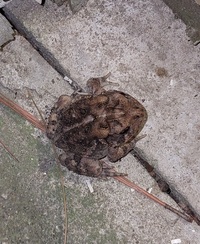 | Recorded by: Mark Basinger
Wilson Co. | 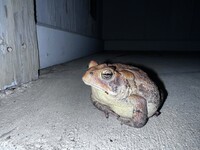 | Recorded by: H. Talcott
Moore Co. |
 | Recorded by: Steve Hall and Jim Petranka
Richmond Co. |  | Recorded by: Michael P. Morales
Cumberland Co. |
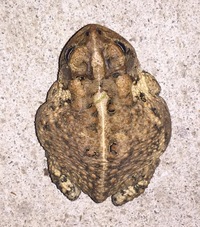 | Recorded by: Michael P. Morales
Cumberland Co. |  | Recorded by: B. Bockhahn
New Hanover Co. |
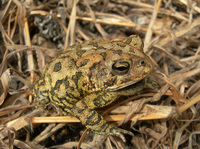 | Recorded by: R. Newman
Carteret Co. | 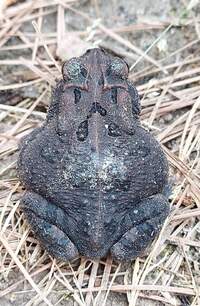 | Recorded by: Mark Basinger
Wilson Co. |
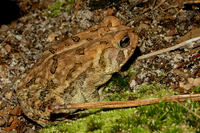 | Recorded by: Owen McConnell
Moore Co.
Comment: A possible hybrid (?) between A. terrestris and A. fowleri. |  | Recorded by: B. Bockhahn, J. Anderson
Harnett Co. |
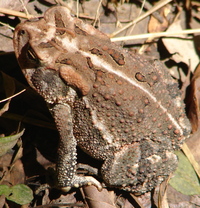 | Recorded by: Salman Abdulali
Pitt Co.
Comment: A possible hybrid (?) between A. terrestris and A. fowleri. | 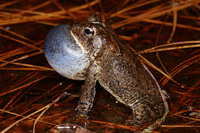 | Recorded by: Mark Shields
Onslow Co. |
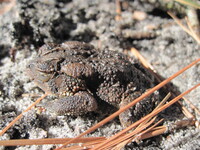 | Recorded by: L. Garner
Bladen Co. | 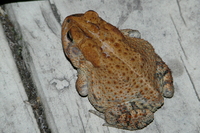 | Recorded by: T. Taylor
New Hanover Co. |
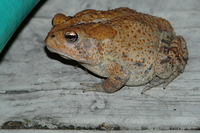 | Recorded by: T. Taylor
New Hanover Co. | 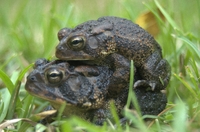 | Recorded by: ASH
Moore Co. |
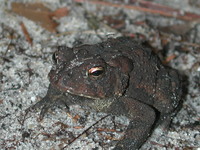 | Recorded by: J. Shimel, K. Futch
New Hanover Co. |

 »
»




 »
»


